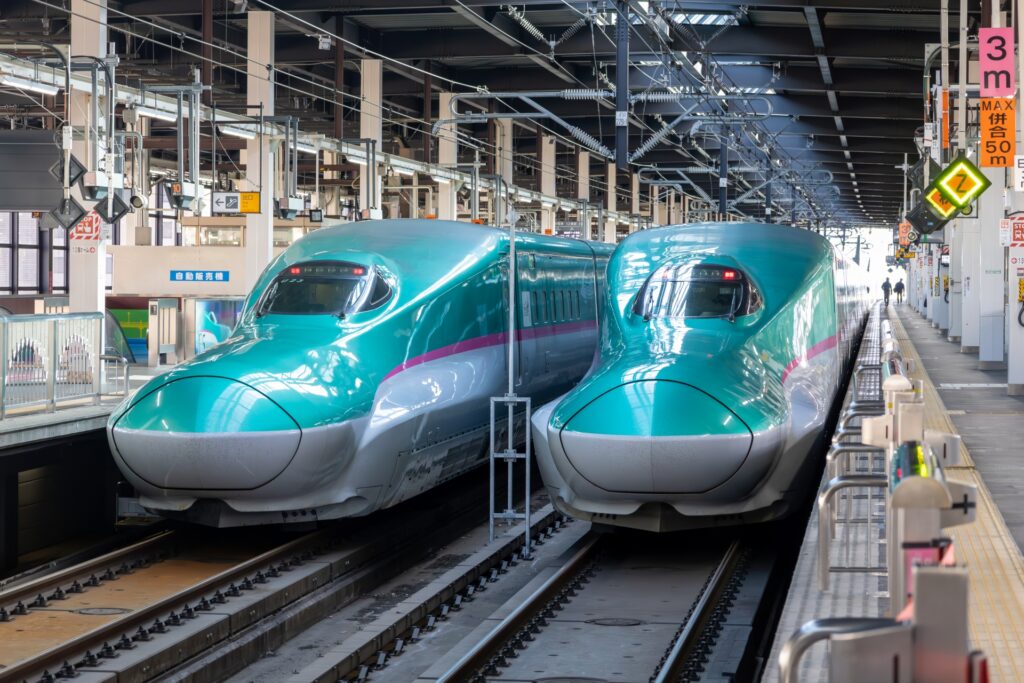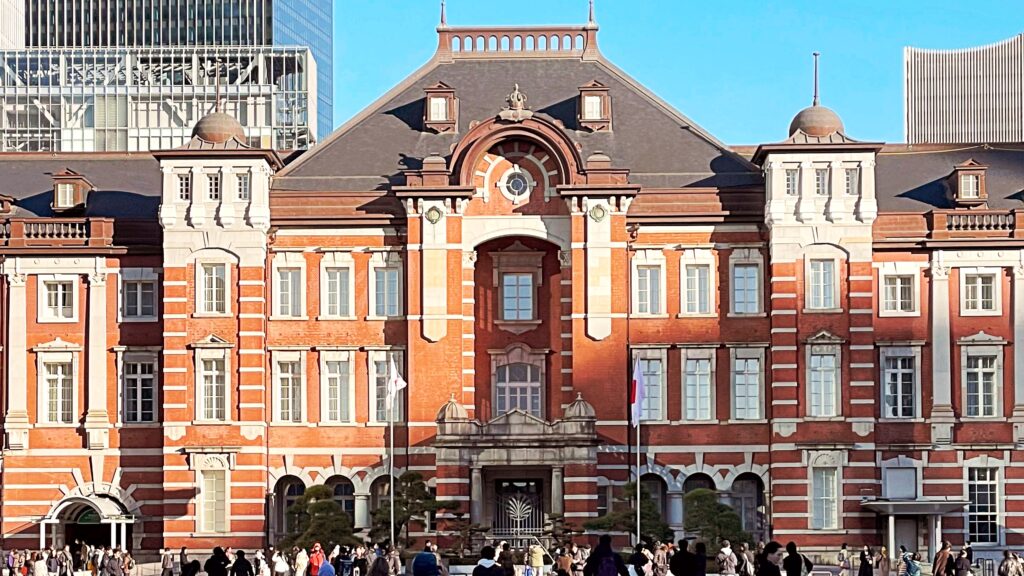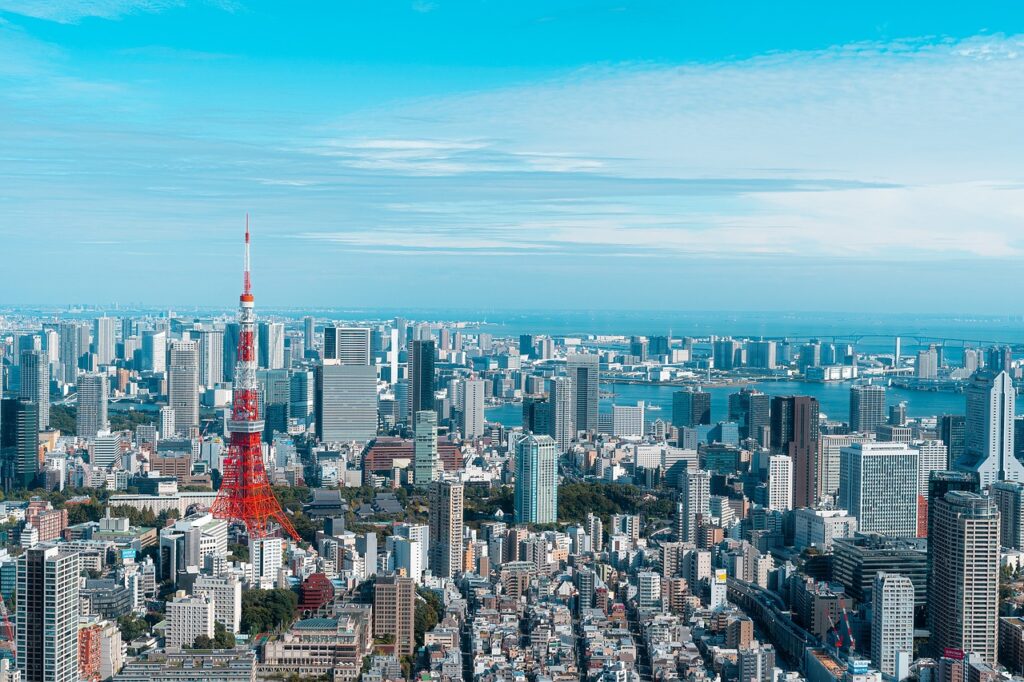When people hear the phrase “Bullet Train Explosion,” dramatic images might flash through their minds — perhaps thinking of the amazing 2025 movie. But in Japan, the Shinkansen, or bullet train, is not just about speed; it’s about precision, history, and technological marvels. This article dives deep into what the Hayabusa bullet train is, explores the fascinating history of the Tohoku Shinkansen, and explains why Japan’s bullet train system remains one of the safest in the world — despite occasional headlines or fears sparked by the phrase “Bullet Train Explosion.”
What Is the Hayabusa Bullet Train?
The Hayabusa is one of Japan’s most advanced and celebrated Shinkansen services, operating on the Tohoku Shinkansen line. Launched in 2011, the Hayabusa (meaning Peregrine Falcon in Japanese) is famous for its futuristic design, green and silver body, and top speed of 320 km/h (199 mph), making it the fastest service in Japan.
This ultra-fast train uses the E5 series Shinkansen model, built by East Japan Railway Company (JR East), combining cutting-edge aerodynamics with passenger comfort. It connects Tokyo to the northern city of Shin-Aomori, passing through major hubs like Sendai and Morioka.
Passengers love the Hayabusa for its luxurious Gran Class seating, minimal noise, and punctuality. Unlike the shocking term “Bullet Train Explosion,” the Hayabusa is known for smooth, safe, and ultra-fast journeys that set global standards for rail transport.
A Brief History of the Tohoku Shinkansen
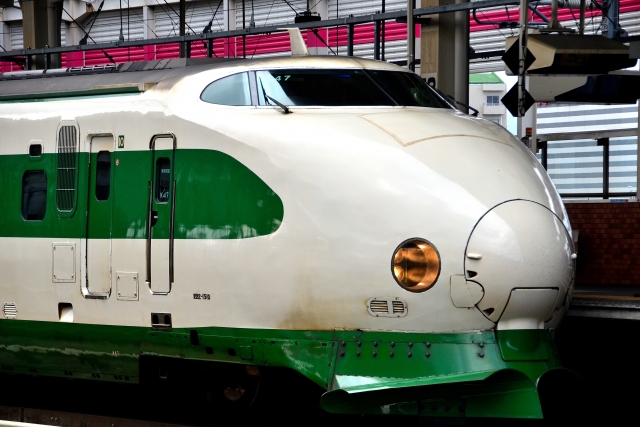
The Tohoku Shinkansen is the northeastern leg of Japan’s high-speed rail network, stretching over 674 kilometers (419 miles) from Tokyo to Shin-Aomori. Planning for the Tohoku Shinkansen began in the 1970s, as part of Japan’s ambitious postwar infrastructure expansion.
The line officially opened in 1982, following the success of the Tokaido Shinkansen (Japan’s first bullet train line, linking Tokyo to Osaka). Over the decades, the Tohoku Shinkansen has undergone numerous extensions and upgrades, improving speed, frequency, and safety.
One critical factor that shaped the Tohoku Shinkansen’s development was Japan’s mountainous geography and severe winter weather. Engineers designed special snow countermeasures, earthquake resistance, and emergency braking systems to ensure that fears like “Bullet Train Explosion” would remain in the realm of fiction, not reality.
About the Movie: The Bullet Train (1975)
The Bullet Train (Japanese title: Shinkansen Daibakuha) is a 1975 Japanese action-thriller film directed by Junya Satō. It is widely regarded as one of Japan’s most iconic suspense films and is sometimes credited with inspiring later Hollywood blockbusters like Speed (1994).
The film revolves around a terrifying premise: a bomb is placed on a high-speed Shinkansen (bullet train) traveling from Tokyo to Hakata, and the device will detonate if the train slows below 80 km/h (about 50 mph). As the passengers remain unaware of the threat, railway officials, police, and the train crew race against time to save everyone on board.
Hayabusa vs. Other Bullet Trains
You might wonder, how does the Hayabusa compare to other bullet trains?
- Hayabusa (Tohoku Shinkansen): Fastest in Japan, top speed 320 km/h, long-distance Tokyo-to-Shin-Aomori.
- Nozomi (Tokaido Shinkansen): Tokyo to Osaka, fastest on the country’s busiest Shinkansen
- Mizuho/Sakura (Kyushu Shinkansen): Connecting western Honshu and Kyushu.
Among them, the Hayabusa stands out not just for speed but for luxury and its distinctive nose shape, designed to reduce tunnel boom — a kind of air pressure explosion when entering tunnels at high speed (note: this is a physics phenomenon, not a real explosion).
🌏 Impact of the Tohoku Shinkansen on Japan’s Economy
Since its opening, the Tohoku Shinkansen has transformed northern Japan. Previously considered remote, areas like Sendai and Aomori are now accessible within hours from Tokyo. This has boosted regional tourism, local industries, and cultural exchange.
The Hayabusa service, in particular, has made Tokyo-to-Tohoku trips seamless for business and leisure travelers. Hotels, restaurants, ski resorts, and onsen (hot springs) have all benefited from the steady flow of domestic and international visitors.
Concerns like a “Bullet Train Explosion” disrupting service are taken seriously by operators, with constant inspections, maintenance, and disaster preparedness drills to keep things running smoothly.
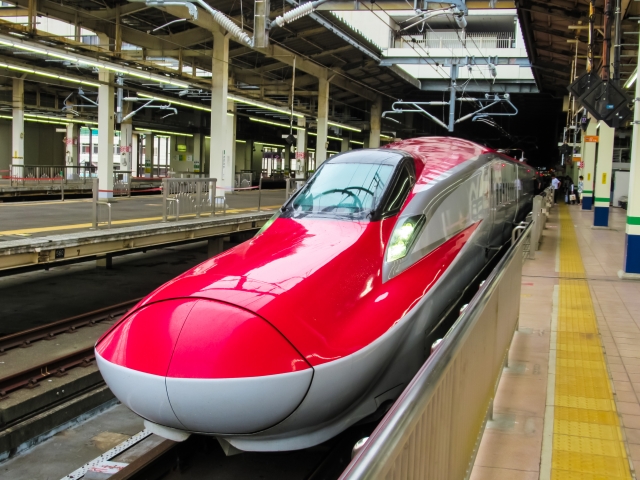
Safety Systems That Prevent Bullet Train Explosions
Japan’s bullet trains, including the Hayabusa, are equipped with multiple layers of safety:
✅ Earthquake Detection: The Urgent Earthquake Detection and Alarm System (UrEDAS) automatically halts trains when seismic activity is detected.
✅ Advanced Braking Systems: Shinkansen trains can stop quickly and safely even at high speeds.
✅ Regular Inspections: Tracks, overhead wires, and rolling stock are rigorously inspected to prevent failures.
✅ Emergency Training: Staff regularly practice emergency procedures, ensuring rapid, coordinated responses.
Fun Facts About the Hayabusa and Tohoku Shinkansen
- The E5 series Hayabusa has a 15-meter-long nose to reduce tunnel boom.
- Gran Class, the first-class section, offers leather seats, onboard attendants, and premium meals.
- The Tohoku Shinkansen was Japan’s first Shinkansen line designed to handle heavy snow conditions.
- A proposed extension, the Hokkaido Shinkansen, will eventually connect to Sapporo, creating an even longer high-speed corridor.
While fictional movies or clickbait might talk about “Bullet Train Explosions,” in reality, the Hayabusa’s legacy is one of innovation and excellence.
Why the Hayabusa Is a Global Rail Icon

In the world of high-speed rail, Japan’s Hayabusa is legendary. It combines jaw-dropping speed, futuristic design, and impeccable safety. Foreign visitors who ride the Hayabusa often describe it as a once-in-a-lifetime experience — gliding across Japan’s landscape at near plane-like speeds, all while sitting comfortably and enjoying world-class service.
Even though the phrase “Bullet Train Explosion” might pop up in sensational headlines or fictional thrillers, Japan’s Shinkansen reality is far more impressive: a symbol of what’s possible when a country invests in safe, efficient, and cutting-edge transportation.
Conclusion: The Real Story Behind Bullet Train Explosion Myths
To sum up, the Hayabusa and the Tohoku Shinkansen represent the best of Japan’s rail technology. They offer speed, comfort, and an unparalleled safety record — making the phrase “Bullet Train Explosion” largely irrelevant in real life.
Instead of explosions, think of seamless journeys, futuristic trains, and the quiet hum of innovation pushing forward.
Next time you visit Japan, why not book a seat on the Hayabusa? Experience the magic yourself.
